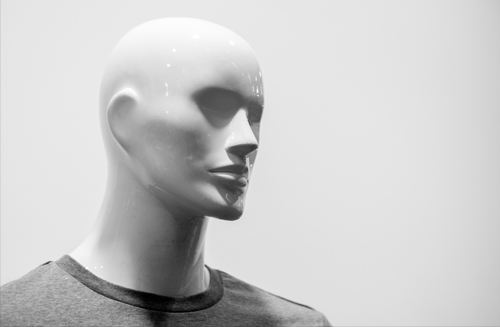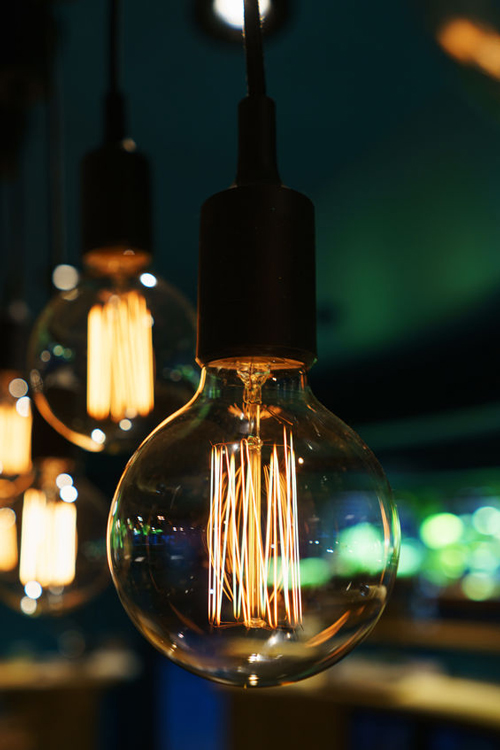
Affective Lighting Design is a term that has not been pursued in this field of study. I believe it is because very few consider “feeling” and “experience” within this process. In other words, it’s relatively a new consideration. No industry or professional goals have been established for the lighting design community. It is ELLI’s intent to do so, as there are four key areas of development within this learning. These goals are encouraged to allow those interested to excel in implementing emotional states within their lighting designs.
There are 4 primary goals associated to this learning:

As lighting designers, it’s extremely important that we “Observe” everything we do. We must have a deep understanding of this in order to effectively develop natural spaces, which emotionally stimulate viewers. It is highly suggested that notes be taken, so that this observation can be better understood.

To be considered an effective lighting designer, one must possess “Experience.” Experience is only gained through actual application and over time. It’s very important that we continue to grow and add to our experiences. The best form of experience is that which is, first-hand. Reading or hearing about it never compares to what is experienced.
As experience develops, the new lighting designer should incorporate two or more light fixtures, and repeat this practice. Notes should be taken once again, so that a deeper learning experience can be obtained.They should include what they see and how they feel by these changes. One might even draw sketches of these illumination patterns, so that further thought can occur.
This type of experience is the best means to advance one’s self in this art-form. Most lighting designers fall short in this effort, as they limit their learning to only a few techniques and sessions. One can only gain, grow and realize when they employ effective time into this practice.

Lighting designers must be able to communicate their thoughts, visualizations and questions in order to gain understanding from the consumer. Good communication can only exist when the designer has proven experience to extract crucial information.
The lighting designer must act accordingly, like that of a doctor or counselor in order to determine root Desires. This will also include the understanding of one’s Fears and Concerns. Although much of this questioning is geared towards the ‘Sales Process,’ it does provide an excellent measure towards design and the evoking of emotions.
Each of these questions is very important. The goal is to provide the type of space that most impacts a positive and healthy experience. In many cases, they require a restorative and peaceful setting. In other cases, they require a happy and joyous setting. Every person has different needs and sometimes one might require multiple settings depending on the need.
Our ability to effectively communicate identifies that we are considerate of their needs and ailments in life. It provides an understood credibility and ‘perceived value.’ And value is in the eyes of the beholder—communication equates to ‘connection,’ which is a shared venture.

Every landscaped scene must utilize the proper application of light to arouse emotion. This is the final goal which proves the ‘Affect’ of a setting. Our goal in Application is to understand how to employ lighting to evoke varying emotional states.
As ‘effective’ lighting designers, this is where our value is measured—in the response of those stimulated by our designs. We must have the skill set and knowledge to arouse individual states of emotion. The following emotions are most desired in this art-form:
Copyright © 2023 "EXPERIENTIAL LANDSCAPE LIGHTING INITIATIVE". All Rights Reserved. Powered by CreatemyDesigns